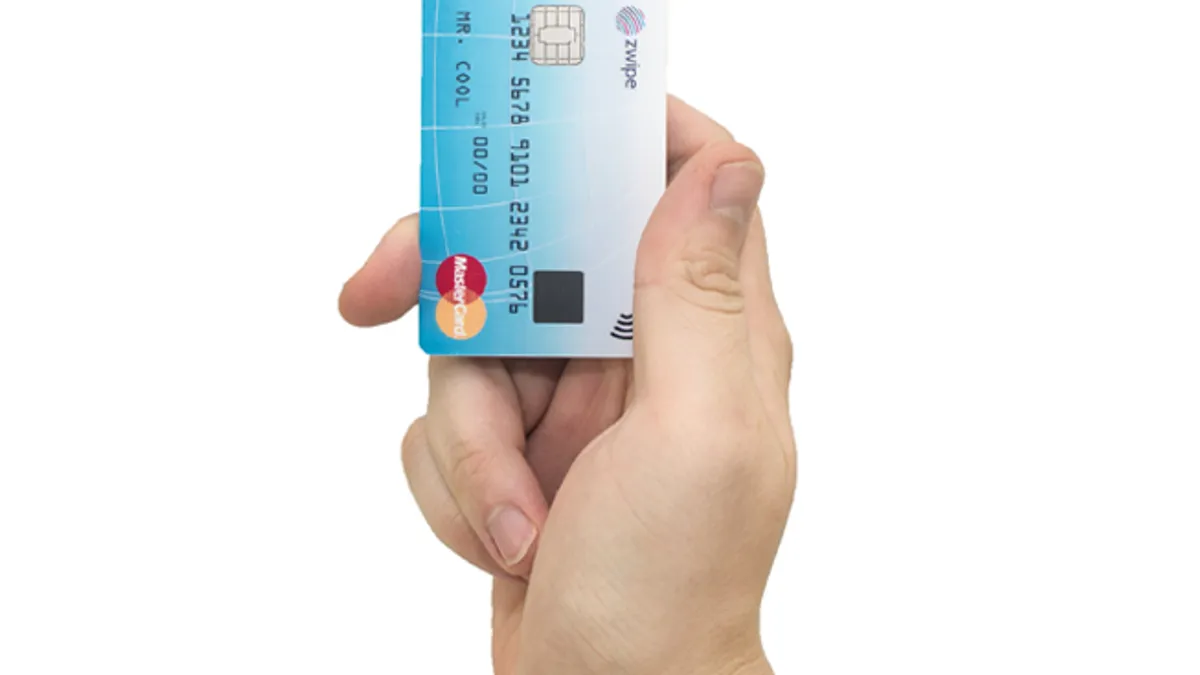Dive Brief:
- MasterCard has announced a new EMV chip terminal testing and certification program to promote more rapid adoption of the technology by U.S. merchants, just days after Visa trumpeted a similar move.
- The new program gives acquirers more responsibility over testing and activation of the new EMV terminals while offering value-added resellers more resources to resolve in-field issues, also giving both groups standard test configurations as well as standard terminal configurations for certain types of businesses.
- MasterCard also reiterated that it has checks and safeguards in place to make sure that retailers now being affected by counterfeit fraud chargebacks do not see excessive chargebacks.
Dive Insight:
Like Visa, MasterCard is trying to smooth the path to EMV terminal adoption after the migration has become bogged down by a long, complex testing and activation process, among other issues. It's a positive move to accelerate adoption, even though it looks a little bit like a copycat announcement coming less than a week after Visa's EMV program changes.
The changes themselves seem pretty obvious—give the companies closer to the merchant more information and more power to act, and testing and activation will speed up. As with Visa's announcement, MasterCard also addressed the issue of counterfeit fraud chargebacks, which have been causing pain for some retailers since the liability rules changed last October to shift the chargeback cost to whichever party between the issuer and the merchant had the inferior technology.
While Visa chose to provide some relief to merchants by announcing it would start blocking all chargebacks under $25, MasterCard came up short of making such an offer, instead trying to reassure the market that it is keeping a close eye on chargebacks to make sure they don't become too excessive for merchants. Visa wins that point.
MasterCard also offered some promising numbers on the state of EMV adoption, reporting that almost 70% of all U.S.-issued MasterCard-branded consumer credit cards are now chip cards, and that merchant locations with EMV technology have increased to 1.4 million. The migration is happening, and should accelerate now that these two major credit card networks have acted to make EMV adoption a little less painful.













